The standard model for how galaxies formed in the early universe predicted that the James Webb Space Telescope (JWST) would see dim signals from small, primitive galaxies. But data are not confirming the popular hypothesis that invisible dark matter helped the earliest stars and galaxies clump together.
The standard model for how galaxies formed in the early universe predicted that the James Webb Space Telescope would see dim signals from small, primitive galaxies. But data are not confirming the popular hypothesis that invisible dark matter helped the earliest stars and galaxies clump together.
McGaugh, professor and director of astronomy at Case Western Reserve, said instead of dark matter, modified gravity might have played a role. He says a theory known as MOND, for Modified Newtonian Dynamics, predicted in 1998 that structure formation in the early universe would have happened very quickly -- much faster than the theory of Cold Dark Matter, known as lambda-CDM, predicted.
"Astronomers invented dark matter to explain how you get from a very smooth early universe to big galaxies with lots of empty space between them that we see today," McGaugh said. But even at higher and higher redshift -- looking earlier and earlier into the evolution of the universe -- the signals are larger and brighter than expected.
"The bottom line is, 'I told you so,'" McGaugh said."I was raised to think that saying that was rude, but that's the whole point of the scientific method: Make predictions and then check which come true." He added that finding a theory compatible with both MOND and General Relativity is still a great challenge.
Galaxies Dark Matter Cosmology Big Bang Astronomy Black Holes Space Telescopes
United States Latest News, United States Headlines
Similar News:You can also read news stories similar to this one that we have collected from other news sources.
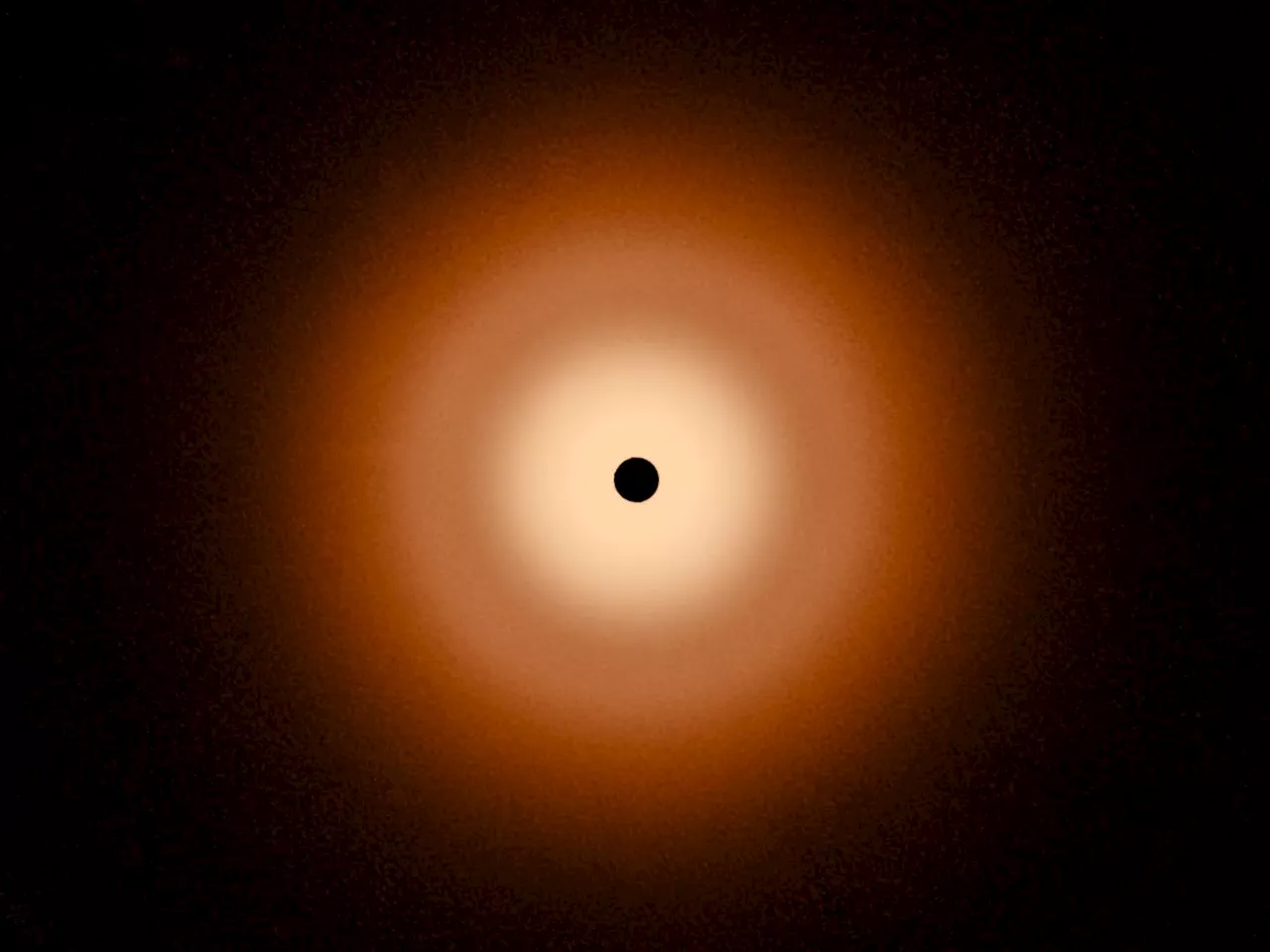 Webb Telescope Sees Perfect Circle Around Vega, Leaving Astronomers PuzzledJamie Carter is an award-winning reporter and experienced stargazer who covers the night sky, astro-tourism, the northern lights and space exploration. He received the 2023 Popular Media Award from the American Astronomical Society's Solar Physics Division and is the author of A Stargazing Program for Beginners. Writing for Forbes.
Webb Telescope Sees Perfect Circle Around Vega, Leaving Astronomers PuzzledJamie Carter is an award-winning reporter and experienced stargazer who covers the night sky, astro-tourism, the northern lights and space exploration. He received the 2023 Popular Media Award from the American Astronomical Society's Solar Physics Division and is the author of A Stargazing Program for Beginners. Writing for Forbes.
Read more »
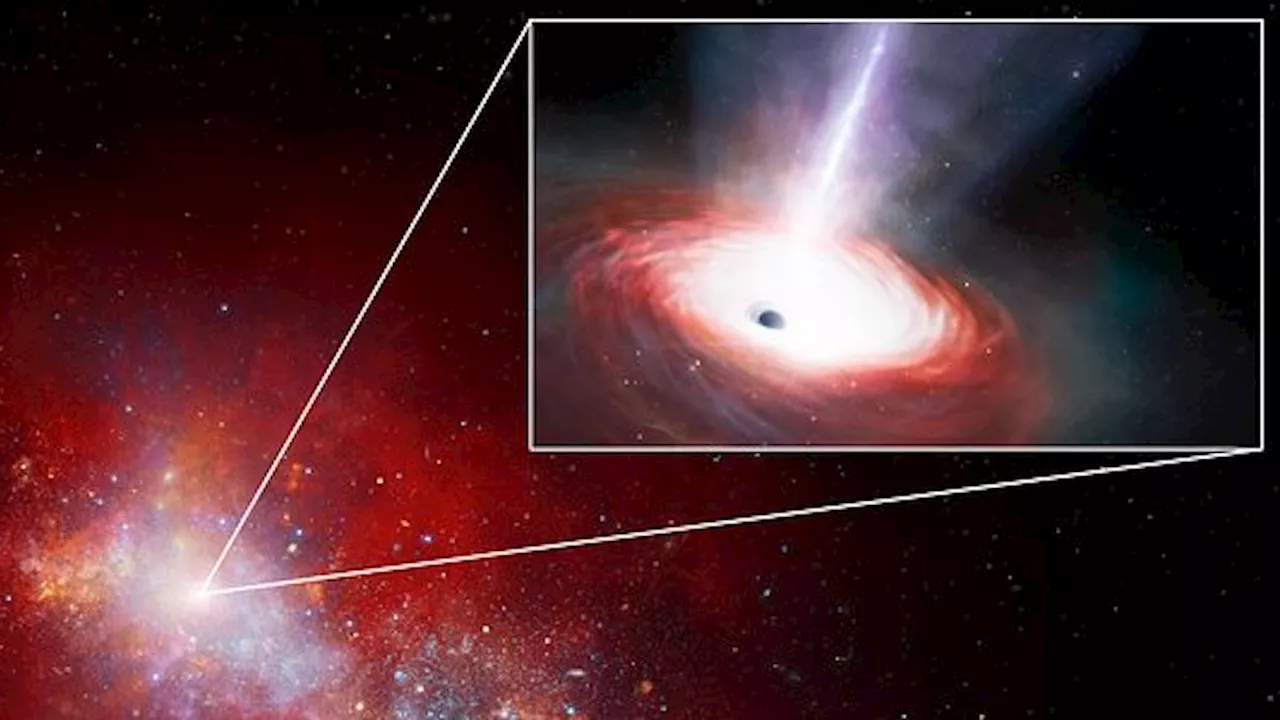 James Webb telescope spots 'feasting' black hole eating 40 times faster than should be possibleBrandon is the space/physics editor at Live Science. His writing has appeared in The Washington Post, Reader's Digest, CBS.com, the Richard Dawkins Foundation website and other outlets. He holds a bachelor's degree in creative writing from the University of Arizona, with minors in journalism and media arts.
James Webb telescope spots 'feasting' black hole eating 40 times faster than should be possibleBrandon is the space/physics editor at Live Science. His writing has appeared in The Washington Post, Reader's Digest, CBS.com, the Richard Dawkins Foundation website and other outlets. He holds a bachelor's degree in creative writing from the University of Arizona, with minors in journalism and media arts.
Read more »
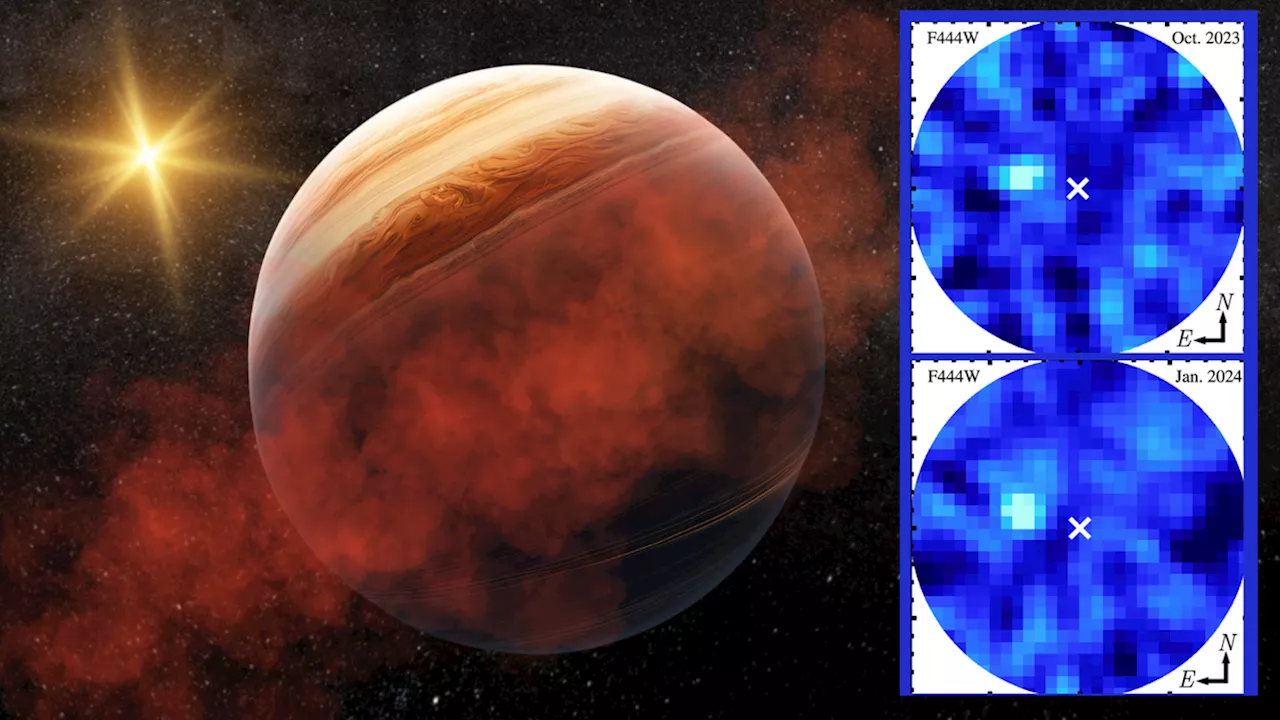 James Webb Space Telescope wins 'race against time' to directly observe young exoplanetRobert Lea is a science journalist in the U.K. whose articles have been published in Physics World, New Scientist, Astronomy Magazine, All About Space, Newsweek and ZME Science. He also writes about science communication for Elsevier and the European Journal of Physics. Rob holds a bachelor of science degree in physics and astronomy from the U.K.
James Webb Space Telescope wins 'race against time' to directly observe young exoplanetRobert Lea is a science journalist in the U.K. whose articles have been published in Physics World, New Scientist, Astronomy Magazine, All About Space, Newsweek and ZME Science. He also writes about science communication for Elsevier and the European Journal of Physics. Rob holds a bachelor of science degree in physics and astronomy from the U.K.
Read more »
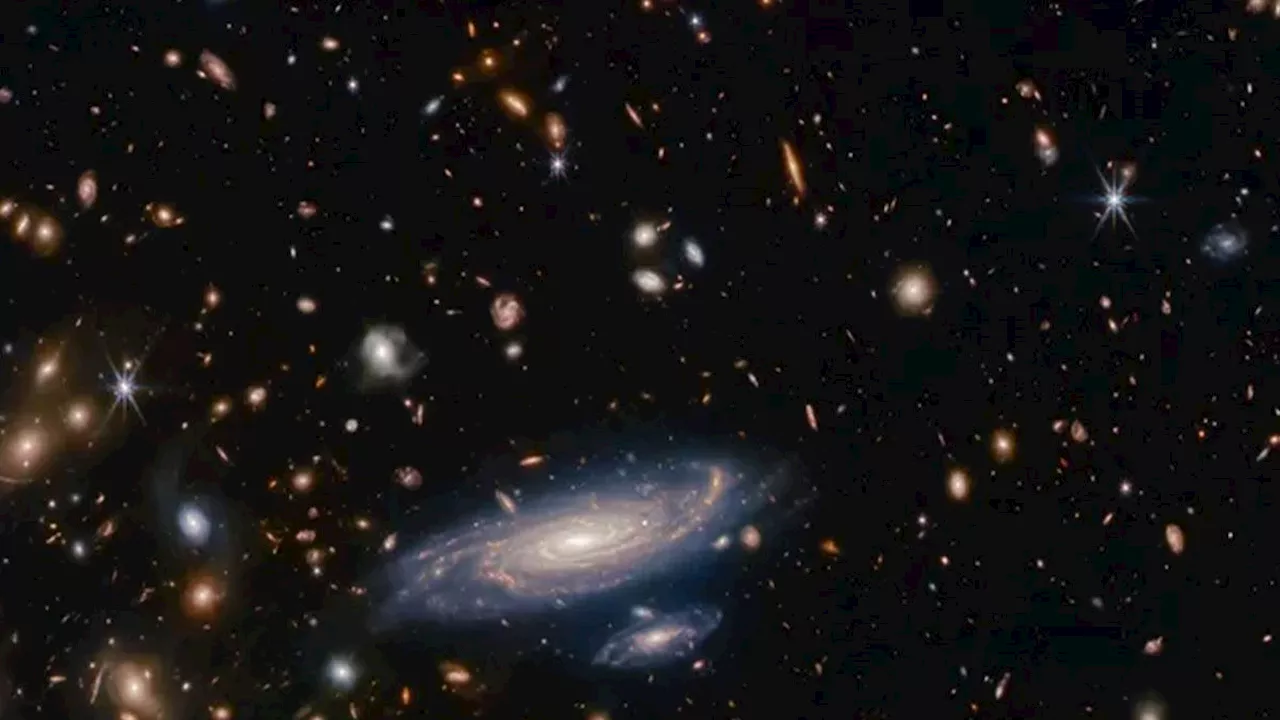 James Webb telescope discovers 'inside out galaxy' near the dawn of timeBen Turner is a U.K. based staff writer at Live Science. He covers physics and astronomy, among other topics like tech and climate change. He graduated from University College London with a degree in particle physics before training as a journalist.
James Webb telescope discovers 'inside out galaxy' near the dawn of timeBen Turner is a U.K. based staff writer at Live Science. He covers physics and astronomy, among other topics like tech and climate change. He graduated from University College London with a degree in particle physics before training as a journalist.
Read more »
 James Webb Space Telescope sees lonely supermassive black hole-powered quasars in the early universeRobert Lea is a science journalist in the U.K. whose articles have been published in Physics World, New Scientist, Astronomy Magazine, All About Space, Newsweek and ZME Science. He also writes about science communication for Elsevier and the European Journal of Physics. Rob holds a bachelor of science degree in physics and astronomy from the U.K.
James Webb Space Telescope sees lonely supermassive black hole-powered quasars in the early universeRobert Lea is a science journalist in the U.K. whose articles have been published in Physics World, New Scientist, Astronomy Magazine, All About Space, Newsweek and ZME Science. He also writes about science communication for Elsevier and the European Journal of Physics. Rob holds a bachelor of science degree in physics and astronomy from the U.K.
Read more »
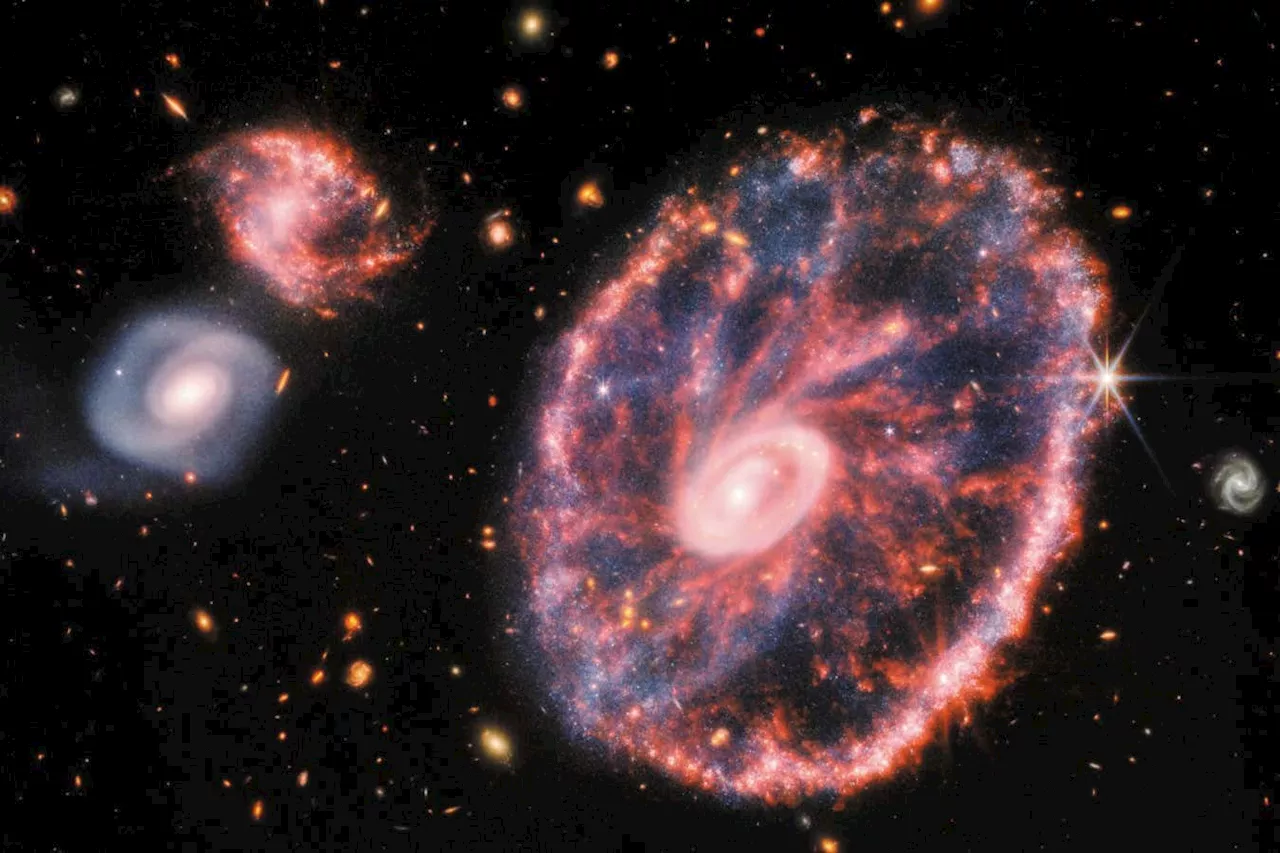 10 stunning James Webb Space Telescope images show the beauty of spaceMaggie Aderin-Pocock, who has worked on the JWST, catalogues the science behind its most stunning images in her new book, Webb's Universe. Here's her pick of the telescope’s best shots
10 stunning James Webb Space Telescope images show the beauty of spaceMaggie Aderin-Pocock, who has worked on the JWST, catalogues the science behind its most stunning images in her new book, Webb's Universe. Here's her pick of the telescope’s best shots
Read more »
